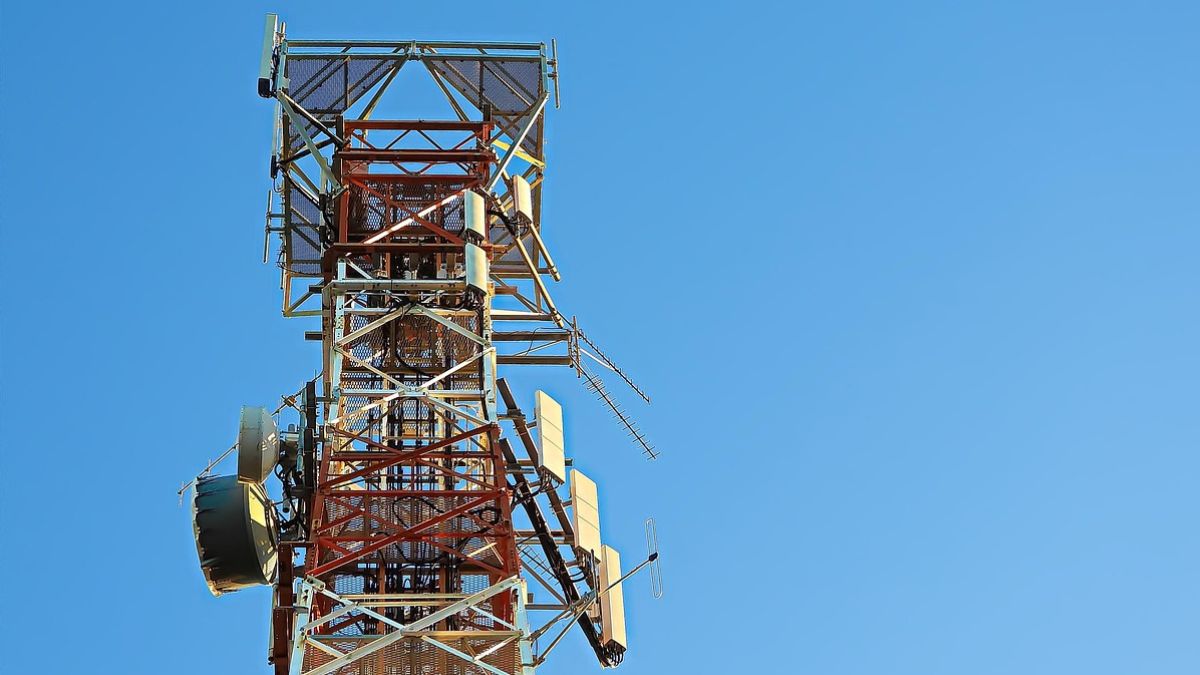Prime Minister Narendra Modi on Saturday unveiled BSNL's fully indigenous 4G network in the country. He also commissioned over 97,500 BSNL mobile towers nationwide from Jharsuguda, Odisha. The latest 4 G towers are built entirely using domestic technology with an estimated cost of Rs. 37,000 crore. This also marks India's entry into the league of nations developing indigenous telecom equipment. The initiative is a part of achieving 100 percent 4G saturation under the Digital Bharat Nidhi programme.
BSNL 4G Stack and Telecom Towers Details Unveiled
The BSNL's fully indigenous 4G stack showcases India's technological self-reliance and the largest deployment of telecom infrastructure in the country.
"The rollout of the ‘swadeshi' 4G network is a transformative step in line with the Prime Minister's vision of Digital India, bridging the digital divide and empowering rural communities, while paving the way for BSNL's 5G upgrade and integration," an official statement said. The official further added that the network is designed to be cloud-based, future-ready, and upgradable to 5G networks.
Moreover, PM Mode also inaugurated over 97,500 towers across the country, out of which 92,600 towers are commissioned by BSNL. Additionally, the additional 18,900 sites have been funded under the Digital Bharat Nidhi programme. The new towers will connect over 26,000 unconnected villages in remote, border, and more. In Odisha alone, about 2,472 villages will gain access via this launch.
The officials further added that the new towers will service over 20 lakh new subscribers across different states, including Odisha, Andhra Pradesh, Uttar Pradesh, Maharashtra, Rajasthan, Assam, Gujarat and Bihar.
Interestingly, the new towers are solar-powered, which also makes it one of the largest clusters of green telecom infrastructure in the country. Union Communications Minister Jyotiraditya Scindia previously elaborated that the architecture integrates a core network built by C-DoT, Radio Access Network by Tejas Networks, and systems integration by TCS.
With this, India now joins the league of nations developing indigenous telecom equipment, including Denmark, Sweden, South Korea, and China. Apart from this, the Prime Minister is 100 percent committed to a 4G saturation network under the Digital Bharat Nidhi initiative, which will bring connectivity to around 29,000 to 3000 villages.

Comments
Post a Comment